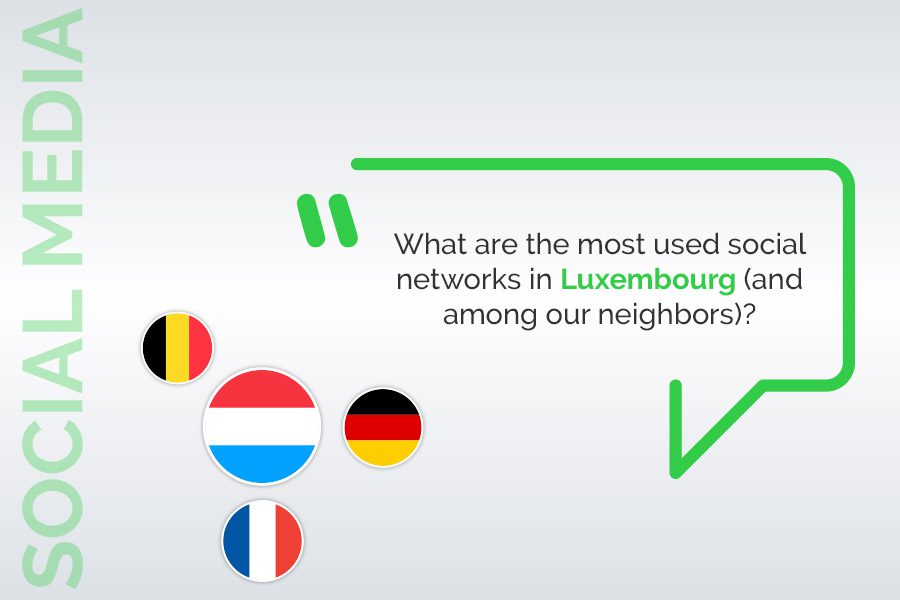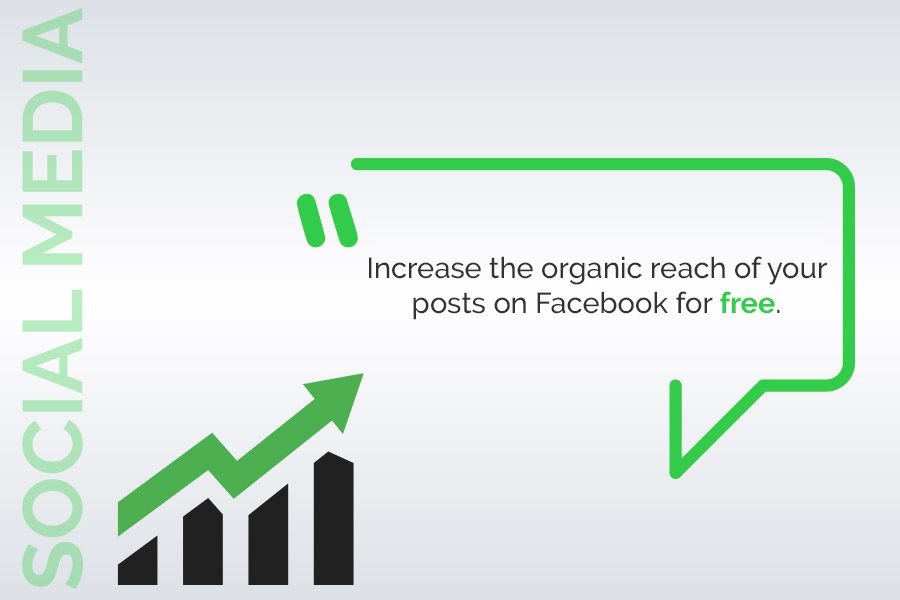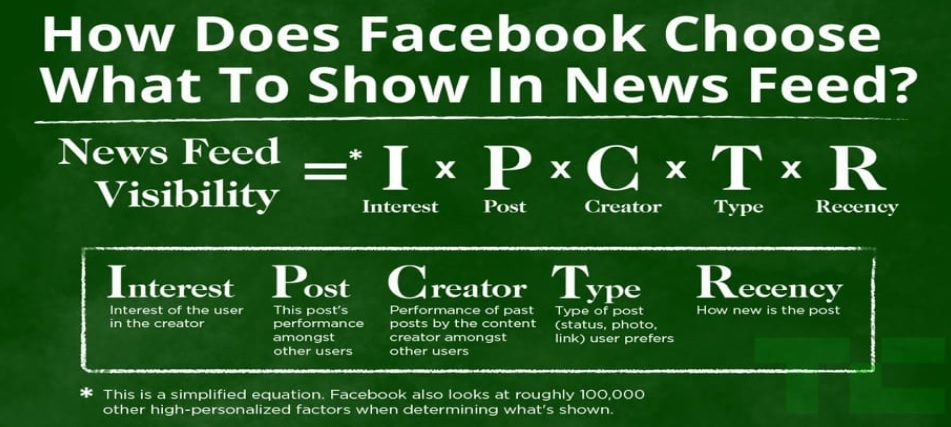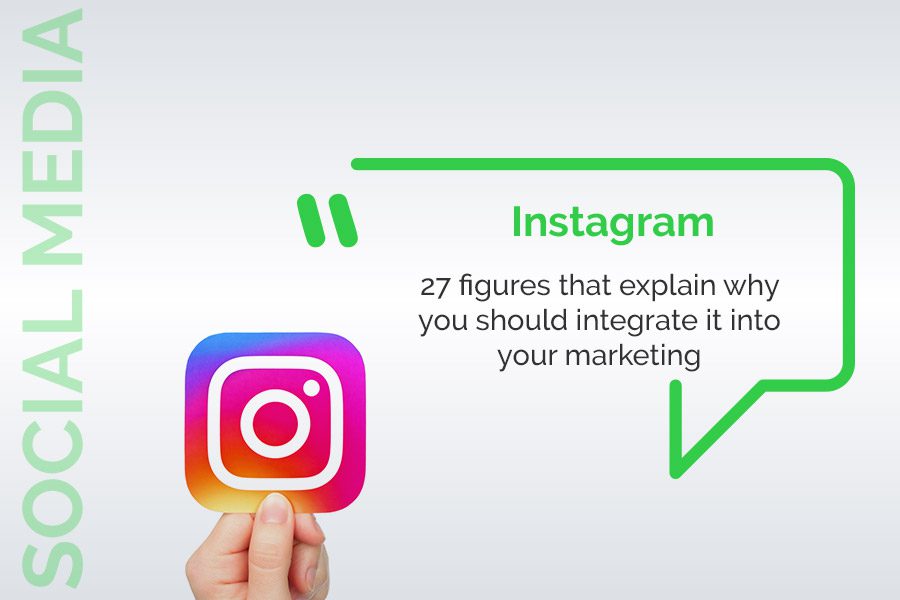
What are the most used social networks in Luxembourg (and among our neighbors)?
June 7, 2021

If you manage a business page on the Facebook network, you have probably already noticed that the average organic (or natural) reach of your publications has been gradually decreasing for the past few years; it was 5.2% in 2020 compared to 5.5% in 2019 and 7.7% in 2018; that is to say, a decrease of almost 50% in only 3 years.
The person responsible for this decline is clearly identified, it is the “News Feed algorithm”, the algorithm that Facebook officially declares to have designed to take into account the preferences, interests and behavior of each user of the social network.
How does the Facebook algorithm work?
In 2021, Facebook’s algorithm – which determines which publications a user will see on his wall – is based on 5 main signals: Interest, Performance, Creator, Type of content, Recency (or freshness) that can be grouped in the acronym IPCTR that should be detailed because it allows a better understanding of what Facebook expects from your publications.
Be careful, we are talking about the 5 main criteria, because according to some specialists, the Facebook algorithm combines up to 100,000 others.

(I) Interest:
Does the post come from the account of a person or a company with which the user interacts regularly (interactions are comments, shares, likes, subscriptions, etc.)?
If the I of interest appears at the top of the IPCTR acronym, it is because this is the main signal that the algorithm retains, it will prioritize the publications of pages with which a user has already interacted.
(P) Performance:
How is this publication received (likes, shares, comments…) by other users of the network?
Simple “likes”, even if it is always nice to receive them, are not enough to effectively improve the credit of your publications.
More emotional reactions such as: I love, Support, Ha ha!, Wow, Sad and Grrr, have more weight. In the hierarchy of interactions they are however behind comments and shares of publications, especially when these come from “influential accounts” that will in turn react to their friends.
(C) The creator:
What reactions do posts from this account typically elicit and how do a user’s friends react when they comment or share one of these posts?
Maintain or build your reputation by responding to all the comments your posts receive and try to be inspiring in your responses.
Don’t hesitate to intervene in the discussions between your fans on your page, you will create a more personal relationship with them.
Why not also put forward your suppliers, your customers, your partners, you will participate to feed your “story-telling” and give more incarnation to your brand or your company.
If you mention other pages, for example by relaying one of their posts, do not hesitate to tag them. The administrators of the pages in question will then be notified, and could in turn relay some of your publications!
(T) The type of content :
What does the publication contain (text, photo, video) and what type of media does the user interact with the most?
(R) Recency:
How recent is the publication?
The duration of a post rarely exceeds half a day. However, if one of your ardent fans who regularly likes your posts doesn’t log in for a day, he will still see your post at the top of his feed.
So the algorithm will like your posts if:
- Your posts receive a lot of likes, comments and especially shares and, if possible, over a short period of time;
- Your content is original and not only shares of other accounts’ publications, in this case all the benefit would go to the publication you reposted.
- They contain what your fans like and expect from you. Always remember that Facebook knows their preferences and can predict their reactions.
- Your posts should be aligned with current events or refer to trending topics.
- Your videos, if you publish any, should be at least 1 minute long and ideally 3 minutes long, and that they are viewed repeatedly and to their end.
- You show that you are involved in satisfying your community without considering it as a mere pool of existing or potential customers.
On the other hand, the algorithm will not like:
- Sharing without comment of frequently broadcasted content;
- Posts that insist on getting likes, comments or shares;
- Content that excessively encourages people to buy, download an application or enter a contest;
- Click trap posts;
- Posting the same messages multiple times without changing their ad text;
- The publication of links to sites without added value or dubious;
- Limiting or misinforming content. No, it is definitely not a good idea to talk about flat earth on your page!
Beyond the respect of the IPCTR, think also to:
Interest your audience.
Make sure your posts are not repetitive or boring.
Post when your audience is online.
The statistics provided by Facebook give you easy access to this information. And if your audience is online at 3am, consider scheduling your posts instead.
Schedule your posts.
This won’t improve their reach per se, but it will allow you to spend less time on Facebook and for that alone, it’s worth mentioning.
Take care of the presentation of your publications.
A post with a (quality) image gets on average 2.5 times more engagement than a post without. Videos 60% more than posts without illustrations.
Think about Facebook stories.
Stories are not governed by the algorithm and allow you to appear at the top of your fans’ page.
According to Facebook: 58% of a page’s fans say they have reached a brand’s site after viewing a story on its page.
Create a branded Facebook group.
Running a Facebook group for a brand requires time and regular content posting, but in return it represents a great opportunity to interact directly with your customers, fans or community.
If a Facebook page is efficient to develop brand awareness, the group allows rich, direct and varied discussions between its members, which humanizes a brand in the eyes of its public.
Conclusion.
With this algorithm, Facebook has killed two birds with one stone; it has given a more “social” dimension to its network – which seems to have been well received by its users – and it has made it almost compulsory for company pages to use paid ads.
To be effective, a marketing strategy on Facebook must mix natural and paid content. We hope this article will help you improve the reach of your natural publications and don’t hesitate to contact our experts if you want to integrate paid ads in your publication mix.



